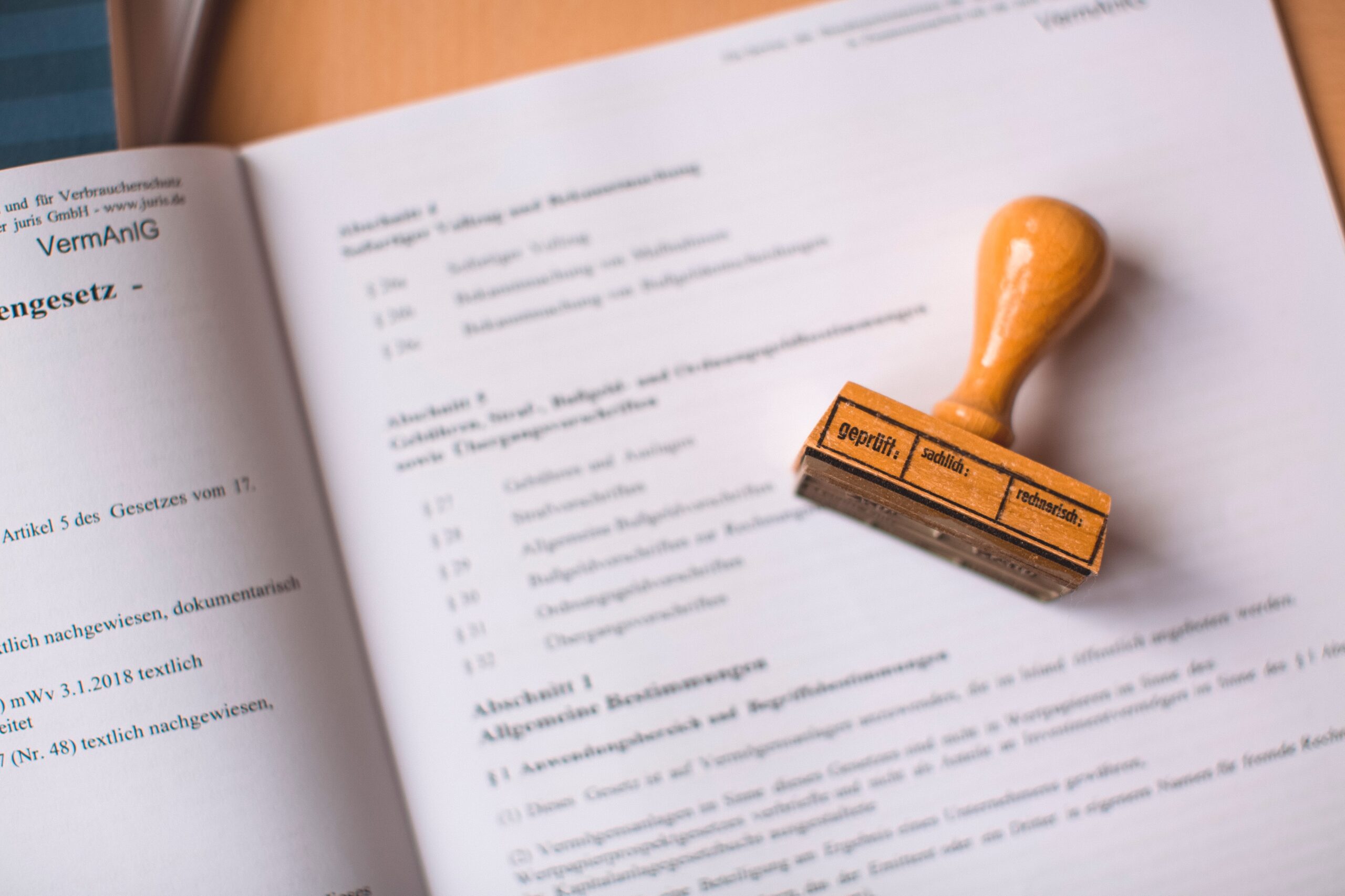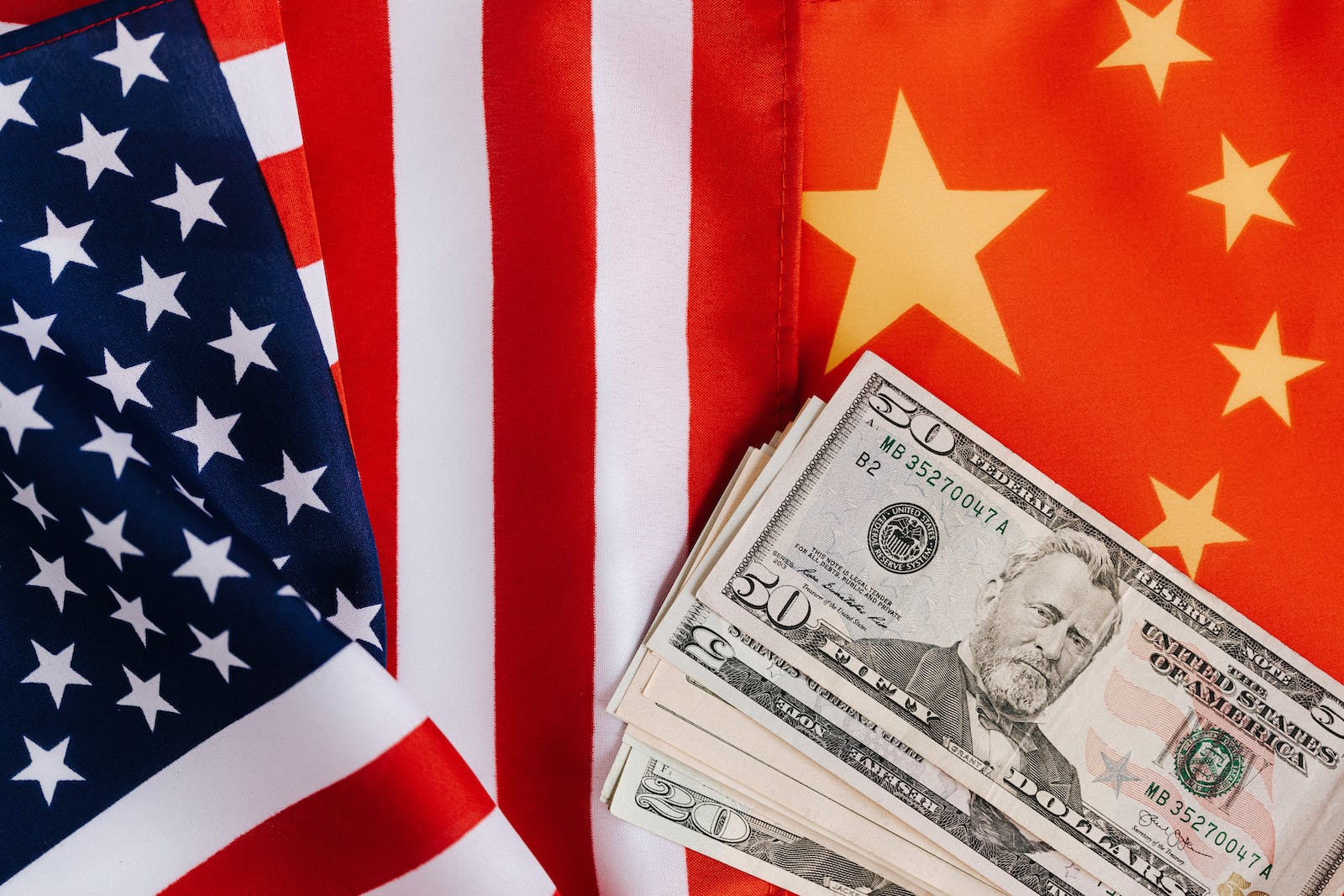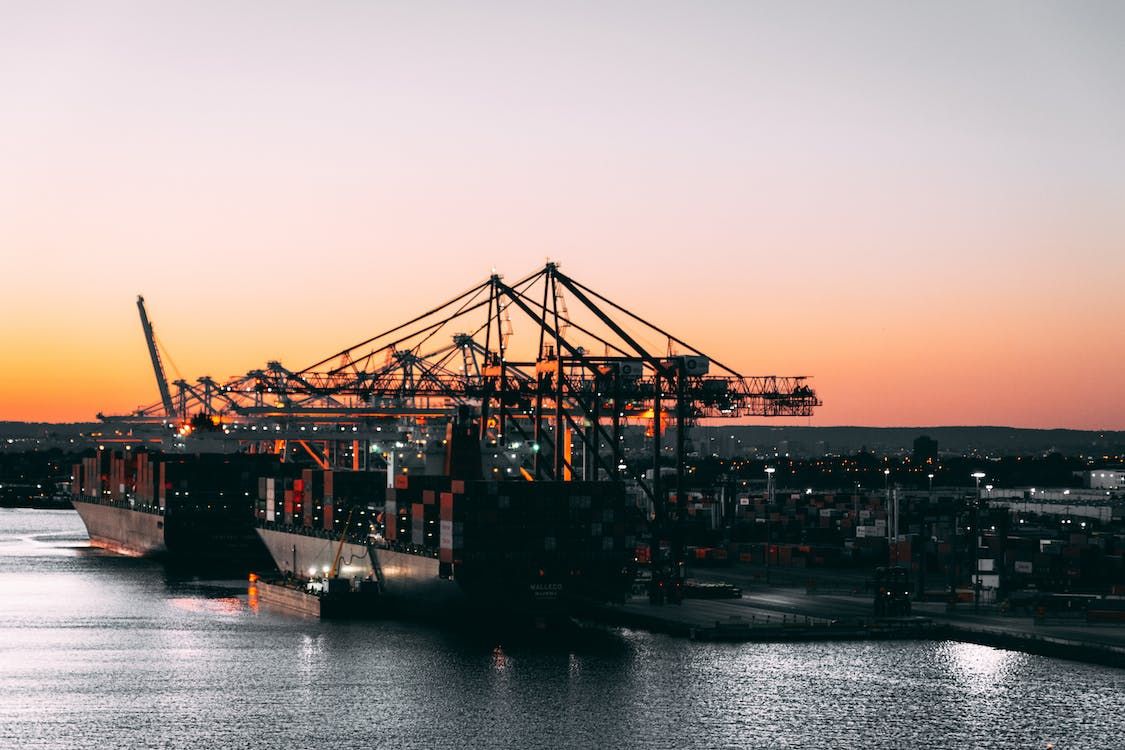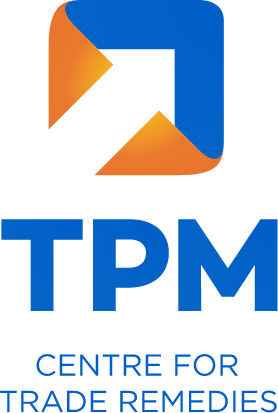Benefit under Advance Authorization : Key Change in US Position

Authors: Aastha Gupta, Joint Partner And Nishtha Gupta, Business Analyst
Under the WTO Agreement, any exemption of import duties on raw materials used for exported goods shall not be considered as conferring a countervailable benefit, provided the government of exporting country has a system in place to ensure that no excess benefit accrues to the exporter. Under the US law, unless the government of exporting country has a system to show that no excess benefit accrues to an exporter, or that the government has carried out an examination that no such excess benefit accrues; the entire amount of exemption received on imported raw materials is considered as a countervailable benefit. Based on this test, over the past several years, the USDOC has been considering the entire exemption of duties on imported raw materials under the Advance Authorization program of India as countervailable subsidy. However, in a recent determination, the USDOC has found that the exporter in question did not receive any benefit in the form of exemption of import duties on raw materials, beyond that consumed for the production of exported goods. The decision was issued pursuant to a physical verification of the exporter’s premises conducted by the USDOC and compelling evidence given by the exporter and the Government of India that no excess benefit accrued under the scheme. The landmark decision could pave the way for Indian exporters to avoid unnecessarily high anti-subsidy duties in future.
Advance Authorisation Scheme and its countervailability under the WTO Agreement
The Advance Authorisation Scheme (AAS) of India is a duty exemption scheme which allows for duty free import of inputs, used for manufacture of an exported product. This is similar to duty exemption and drawback schemes in other countries, including in Thailand, China, Vietnam and Malaysia. Under the Agreement on Subsidies and Countervailing Measures, exemption of import duties on raw materials used in production of exported goods does not normally constitute a countervailable subsidy. However, where the exemption of import duties is in excess of the duties saved on the raw materials used in production of exported goods, such excess is considered as countervailable subsidy.
In order to determine whether there is an excess exemption being allowed, Annexure II of the WTO Agreement on Subsidies and Countervailing Measures requires the investigating authority to examine whether the Government of the exporting country has a system in place to verify that the quantity of inputs for which the exemption is claimed does not exceed the quantity of similar products exported and whether such a system is reasonable and effective for the purpose intended. In case the system meets this requirement and is effectively applied, no subsidy should be presumed to exist for the scheme.
Treatment of AAS in investigations conducted by the US
In the US, as per the provisions of 19 CFR § 351.519(a)(4), the Secretary will consider the entire amount of an exemption to confer a benefit, unless:
- The government of the exporting country has in place and applies a system or procedure to confirm which inputs are consumed in the production of the exported products and in what amounts; or
- The government in question has carried out an examination of actual inputs involved to confirm which inputs are consumed in the production of the exported product, and in what amounts. Therefore, in the absence of the above, the entire exemption of duties allowed on import of raw materials is considered as a countervailable benefit.
Following this test, the US Department of Commerce (USDOC) has repeatedly found that the entire exemption of duty on imports of raw materials under the AAS shall be considered as a benefit. This was based on the following:
- As per the USDOC, the Government of India did not have in place a system or procedure to confirm which inputs are consumed in the production of the exported products and in what amounts.
- There was no evidence that the Government of India had carried out an examination of actual inputs used to manufacture exported goods.
- The USDOC had also expressed concerns over the inability of the GOI to explain the calculation of Standard Input Output Norms (SION). In particular, the US DOC considered that there was absence of evidence to show that SION represented actual raw material consumption in exported goods.
- The USDOC also took note of the fact that there was absence of any evidence regarding imposition of penalties on exporters, for receiving excess benefit under the scheme.
- Lastly, the USDOC considered the extension of the scheme to cover “deemed exports” implied that the benefit was not restricted to exemption of import duties on raw materials used for goods actually exported.
Changed position on AAS
On 27th September 2023, in a landmark final determination in the Countervailing Duty Administrative Review, Off-the-Road Tires from India, the USDOC found that Balkrishna Industries Limited, an exporter of Off-the-Road Tires from India did not receive any benefit under AAS, despite having imported raw materials under the scheme.
The findings took note of the fact that the exporter availed the scheme under ad-hoc norms, based on its own actual consumption of raw materials. Further, the Government of India and the exporter were able to provide extensive documentation to show that the DGFT examined actual consumption of raw materials under the norms, at the stage of application for issuance of advance authorization, ratification of norms and issuance of Export Obligation Discharge Certificate (EODC). Therefore, the exporter demonstrated that the Government has a system in place to examine no excess remission accrues to exporters. The USDOC also noted that where the duty-free import of raw materials exceeded that used for production of exported goods, the exporter had actually paid duties on the excess imports, with interest.
Lastly, in contrast to the past cases, the DGFT carried out a physical verification of information and records of the exporter to confirm which inputs are consumed in the production of the exported product, and in what amounts and submitted a Verification Report to the USDOC. Though the US industry questioned the legitimacy of such a verification, the USDOC held that even if the verification had been undertaken for the purpose of the anti-subsidy investigation, there was nothing to show that the report was not adequate and authentic.
Accordingly, the USDOC concluded that the exporter did not receive any benefit in the form of exemption of import duties on raw materials beyond that consumed in production of exported goods.
The recent determination for AAS program holds a lot of significance for India and its exporters. This would allow the exporters to avoid unnecessarily high anti-subsidy duties, based on the total exemption of duties on imported raw materials. An exporter facing high subsidy margins under AAS program can ensure that they avail benefit under the scheme based on their own consumption, and request the Government for an examination to ensure that no excess benefit has been received. Further, for the Government of India, the decision establishes that the scheme operates within the parameters of Annexure II of the WTO Agreement on Subsidies and Countervailing Measures.
You May Also Like

United States challenges Chinese additional customs duty at WTO

Saudi Arabia’s Trade Remedial Law- A step forward.

Availability of Import Data: Balancing Confidentiality of Proprietary Information & the Legitimate Requirements of Parties


